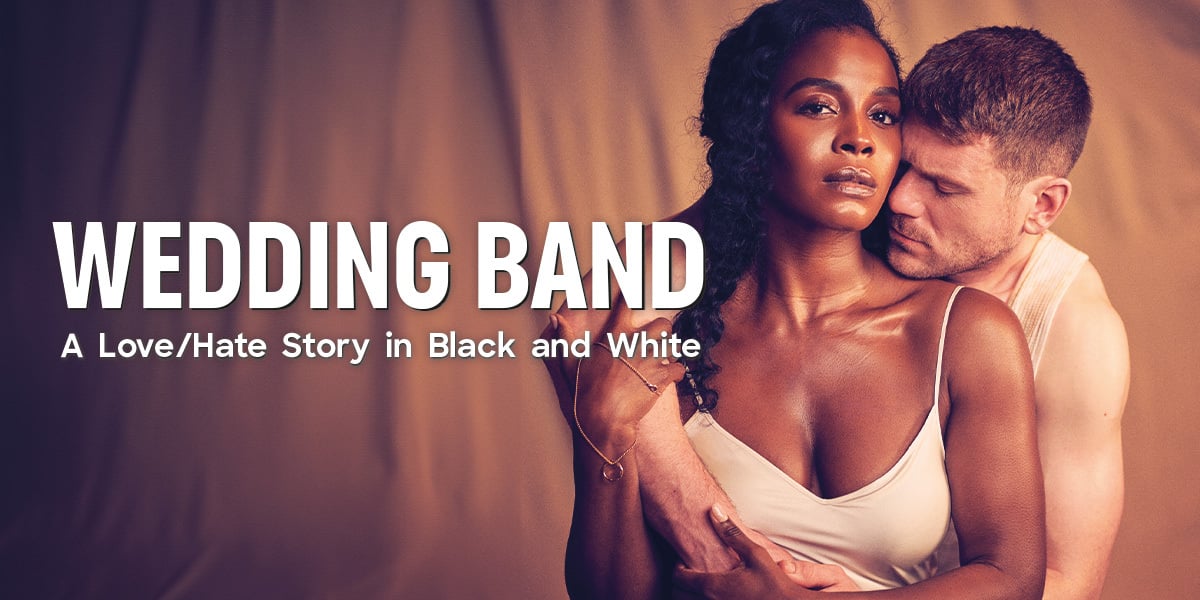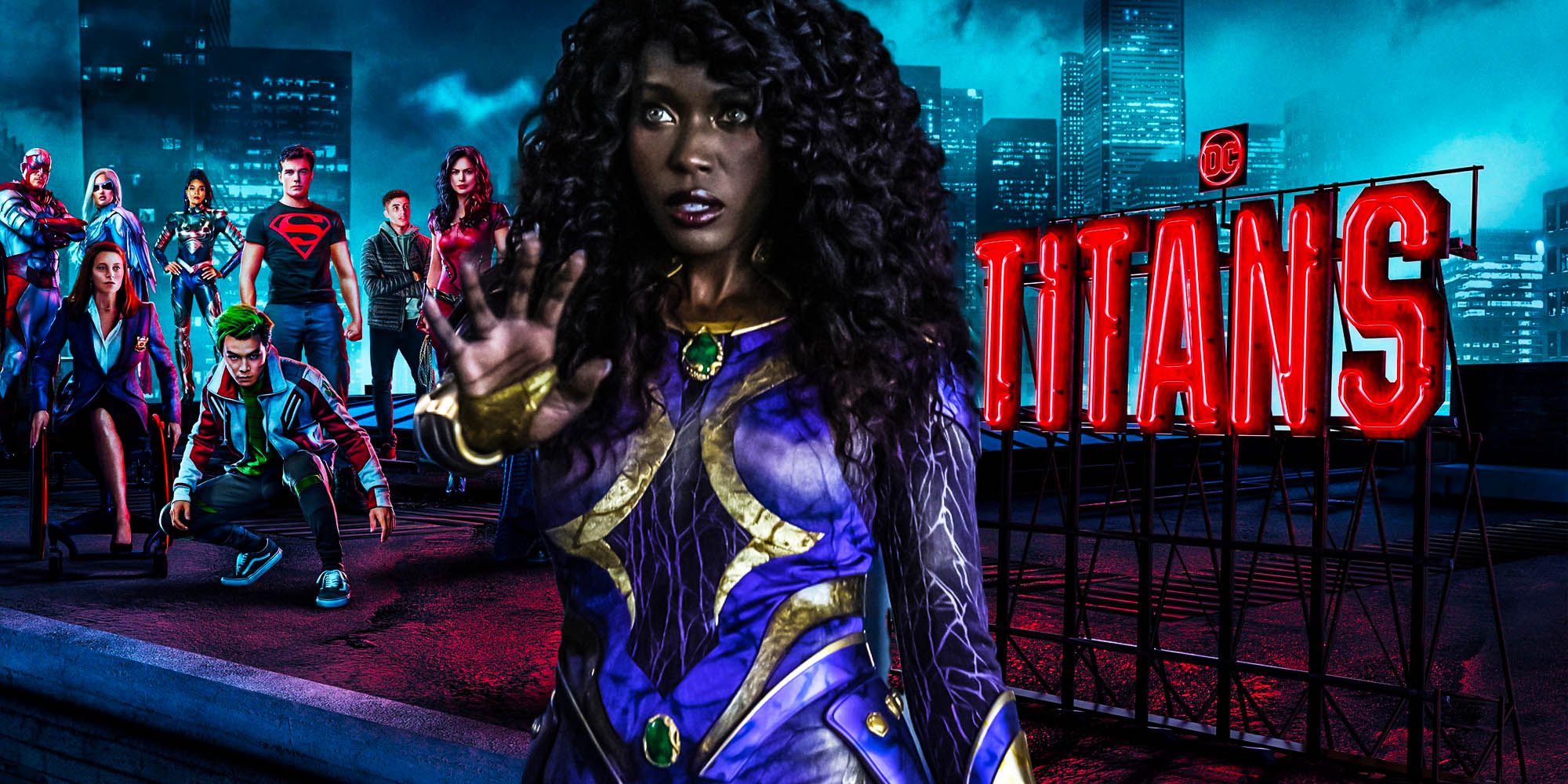The portrayal of black women as lascivious by nature is an enduring stereotype. The descriptive words associated with this stereotype are singular in their focus: seductive, alluring, worldly, beguiling, tempting, and lewd. Historically, white women, as a category, were portrayed as models of self-respect, self-control, and modesty - even sexual purity, but black women were often portrayed as innately promiscuous, even predatory. This depiction of black women is signified by the name Jezebel.1
K. Sue Jewell (1993), a contemporary sociologist, conceptualized the Jezebel as a tragic mulatto - "thin lips, long straight hair, slender nose, thin figure and fair complexion"(p. 46). This conceptualization is too narrow. It is true that the "tragic mulatto" and "Jezebel" share the reputation of being sexually seductive, and both are antithetical to the desexualized Mammy caricature; nevertheless, it is a mistake to assume that only, or even mainly, fair-complexioned black women were sexually objectified by the larger American society. From the early 1630s to the present, black American women of all shades have been portrayed as hypersexual "bad-black-girls."2 Jewell's conceptualization is based on a kernel of historical truth. Many of the slavery-era black people sold into prostitution were mulattoes. Also, freeborn light-skinned black women sometimes became the willing concubines of wealthy white southerners. This system, called placage, involved a formal arrangement for the white suitor/customer to financially support the black woman and her children in exchange for her long-term sexual services. The white men often met the black women at "Quadroon Balls," a genteel sex market.











